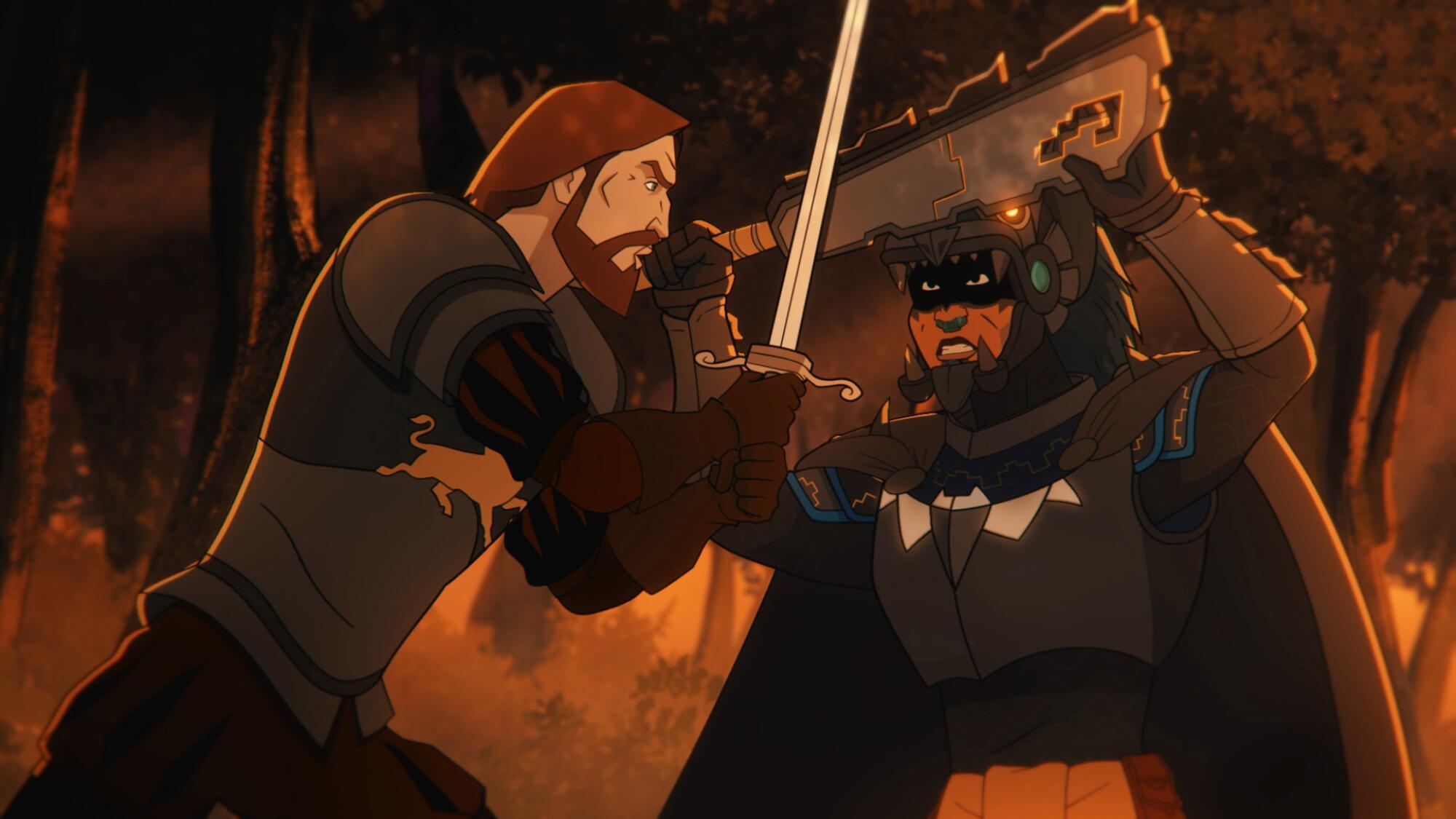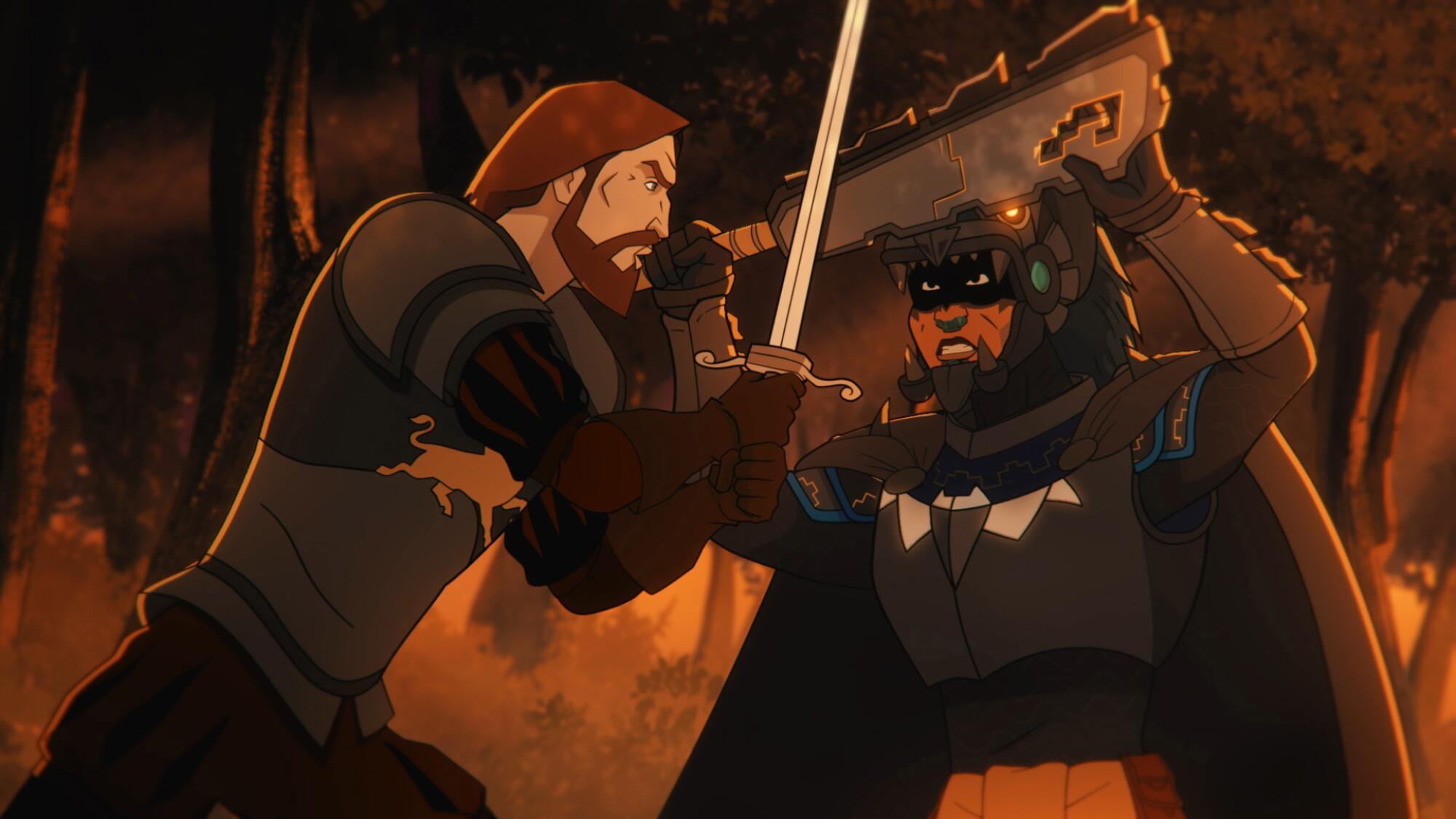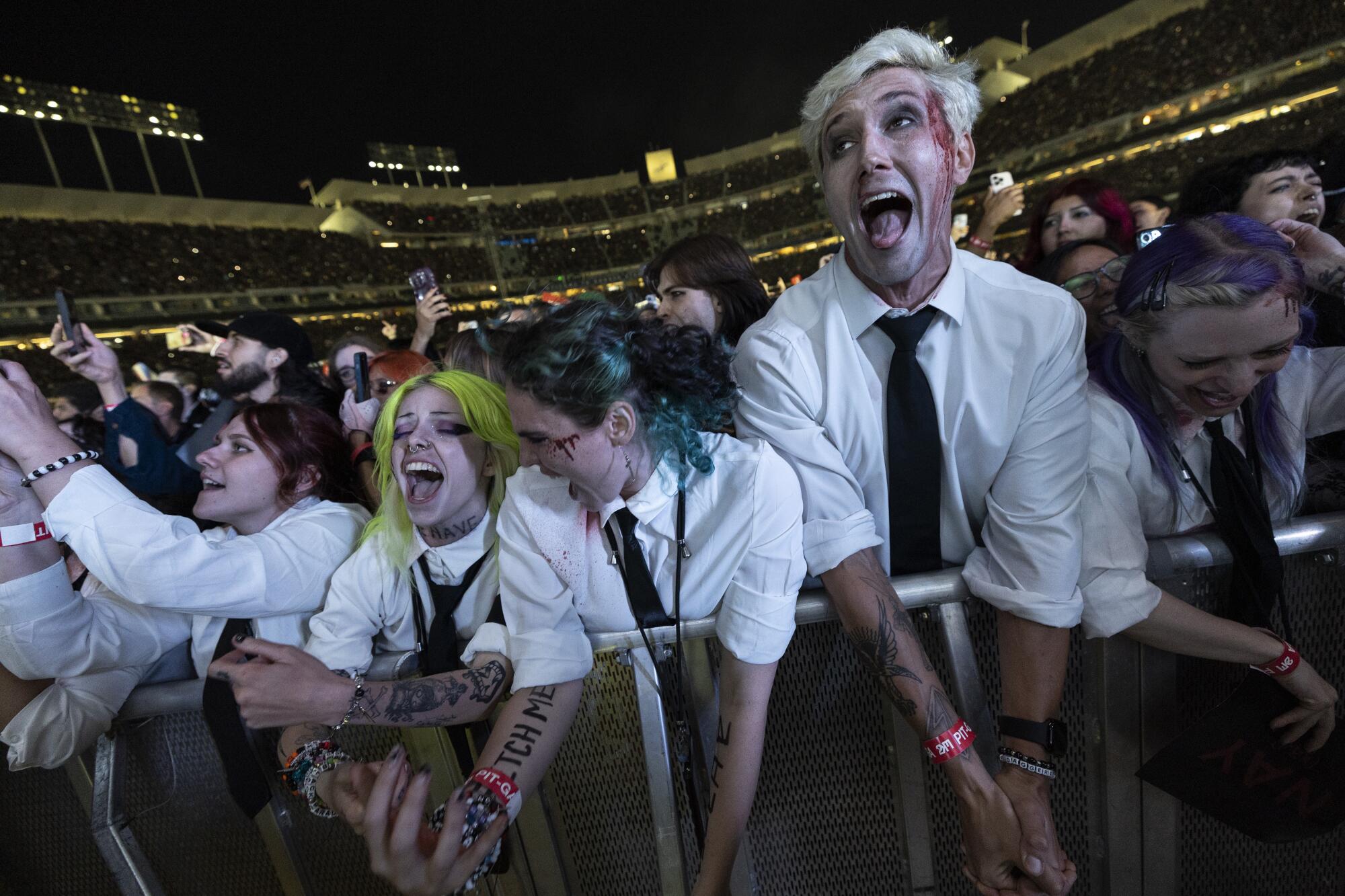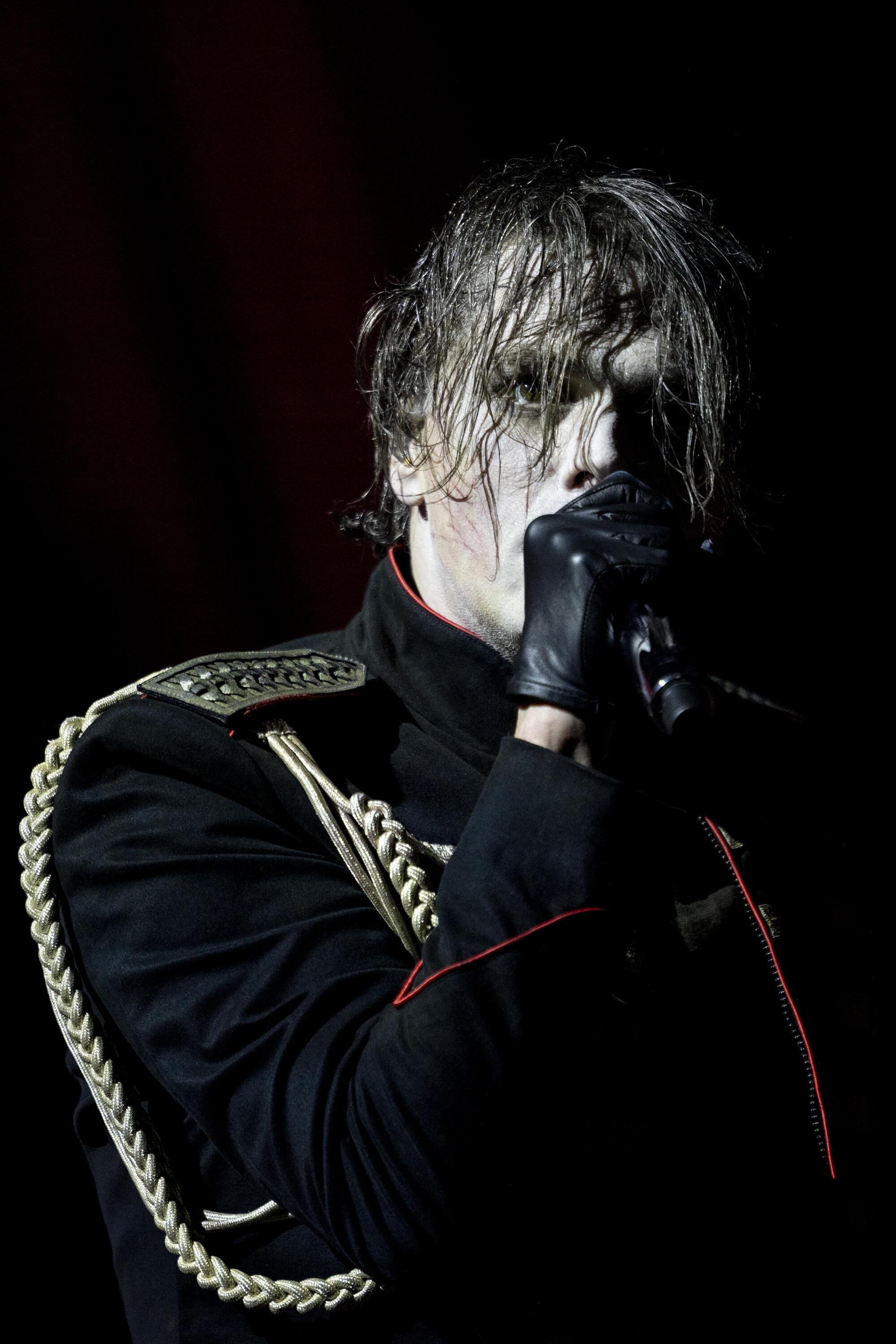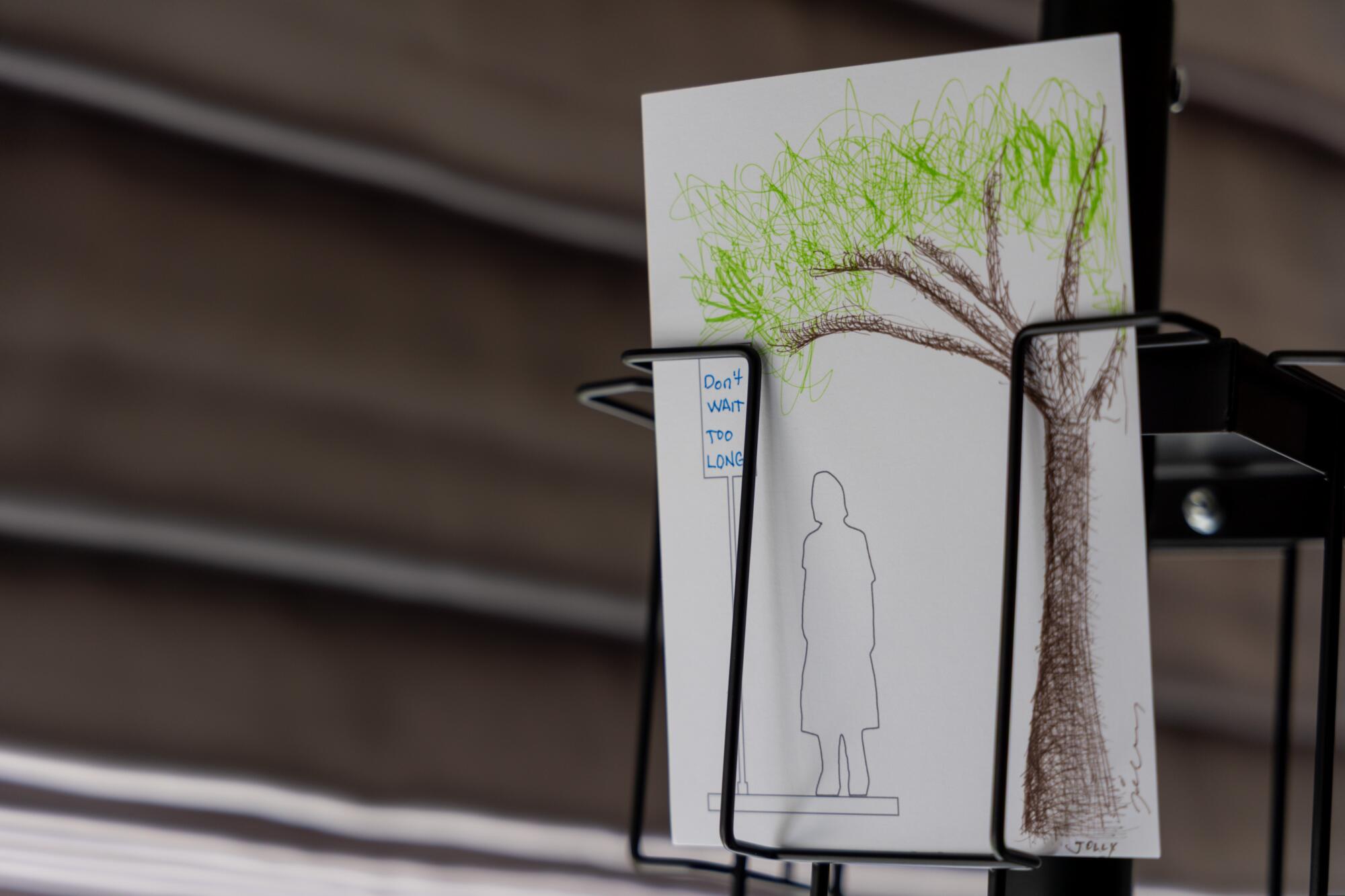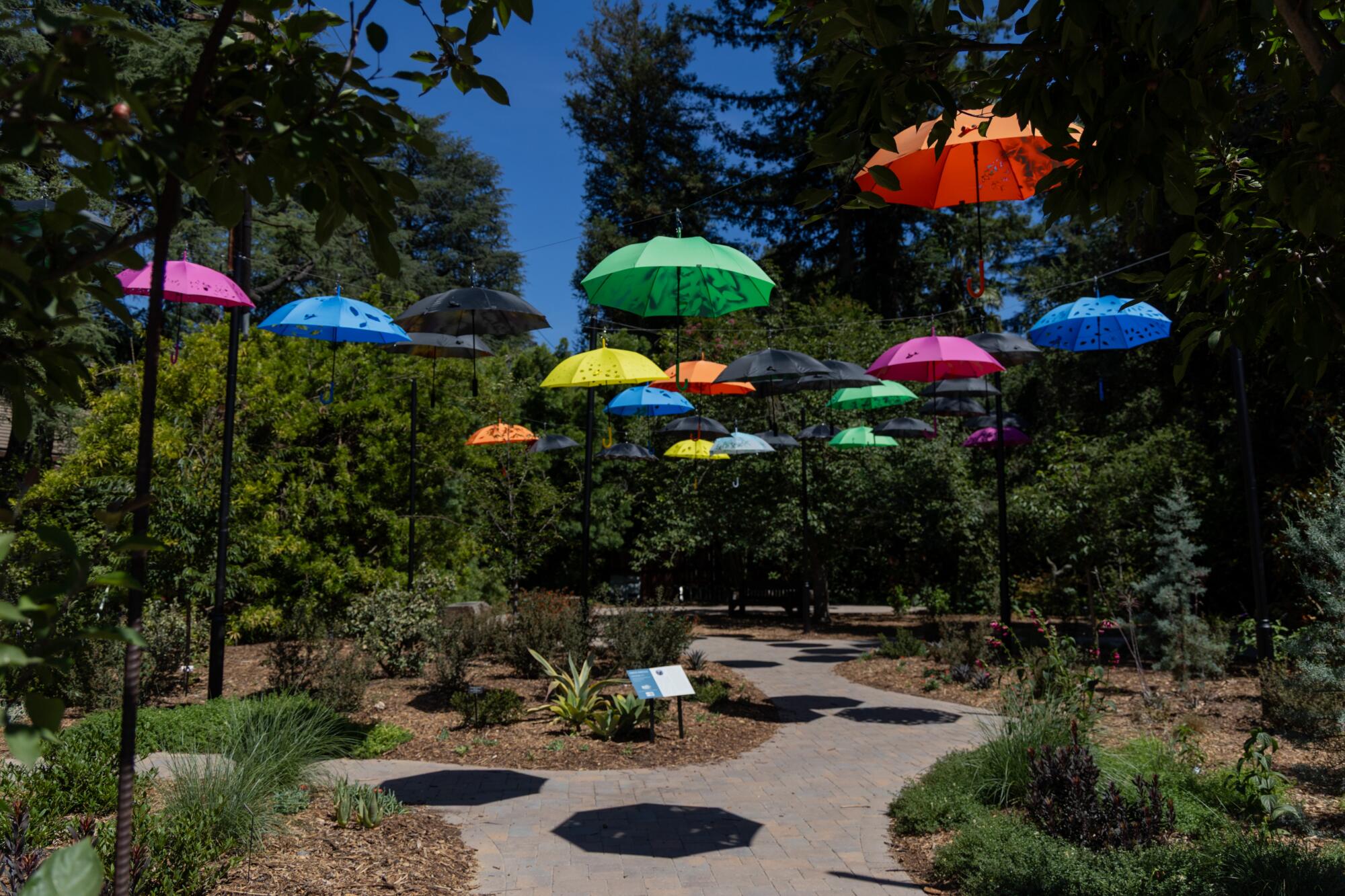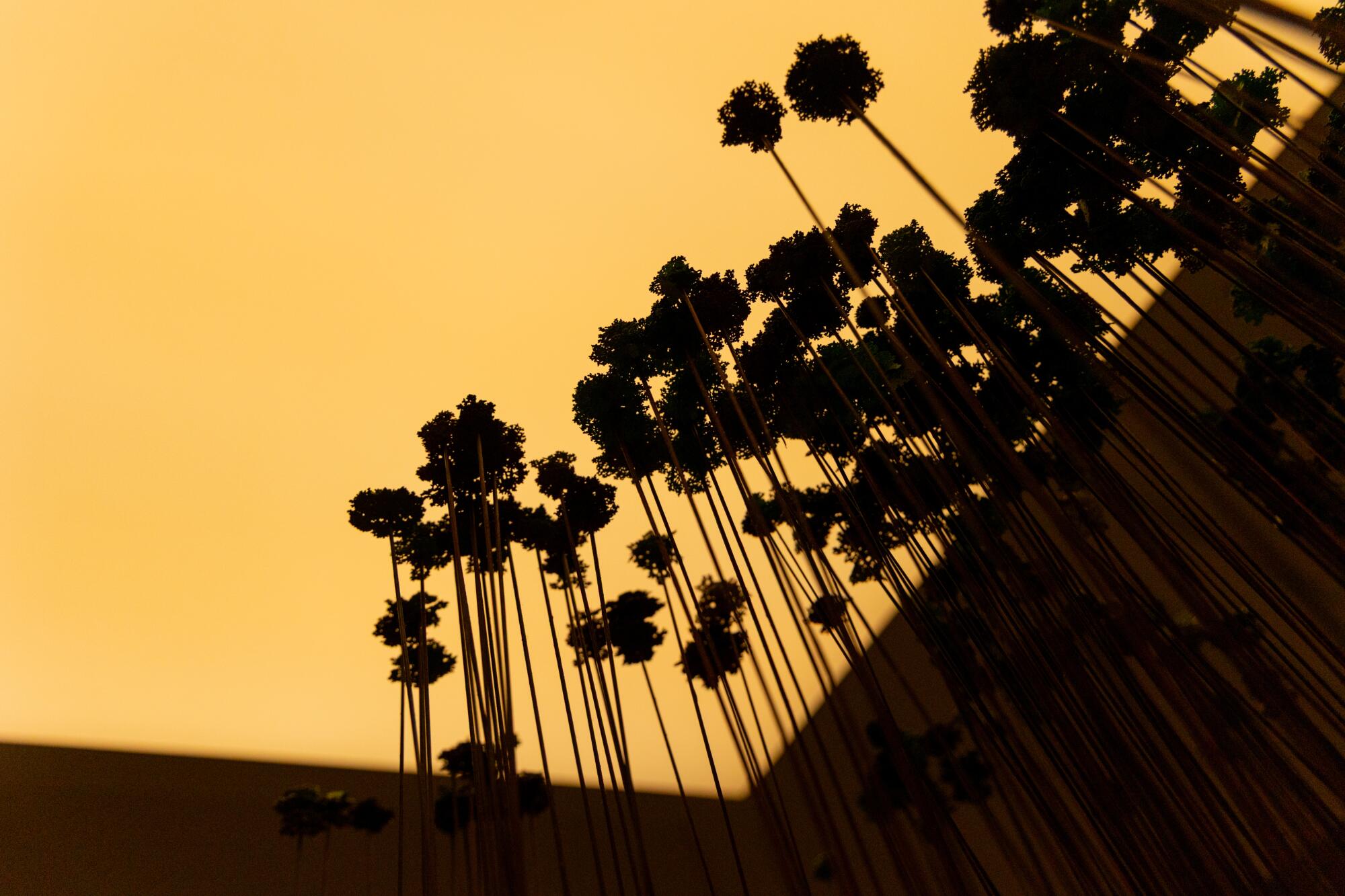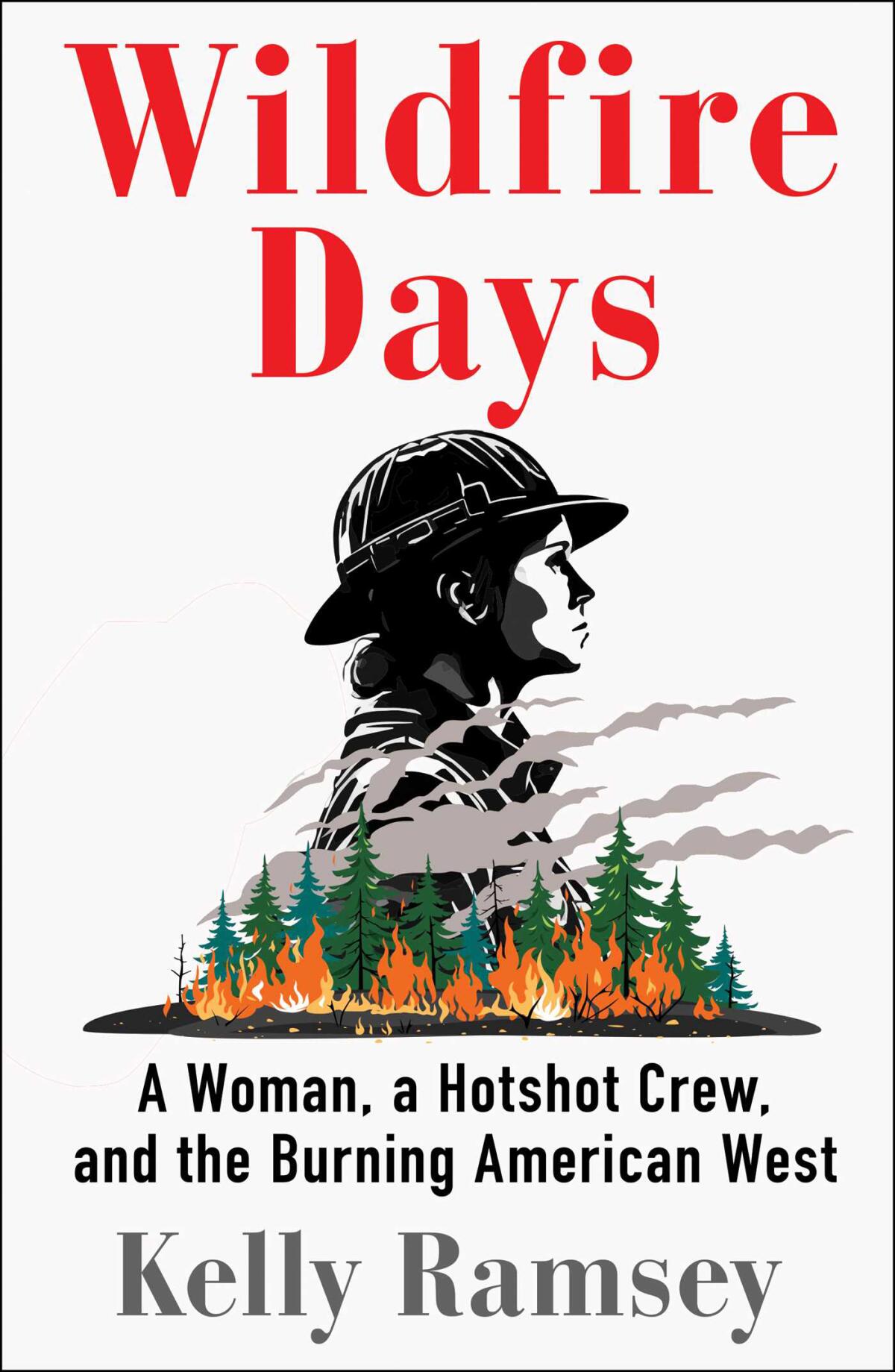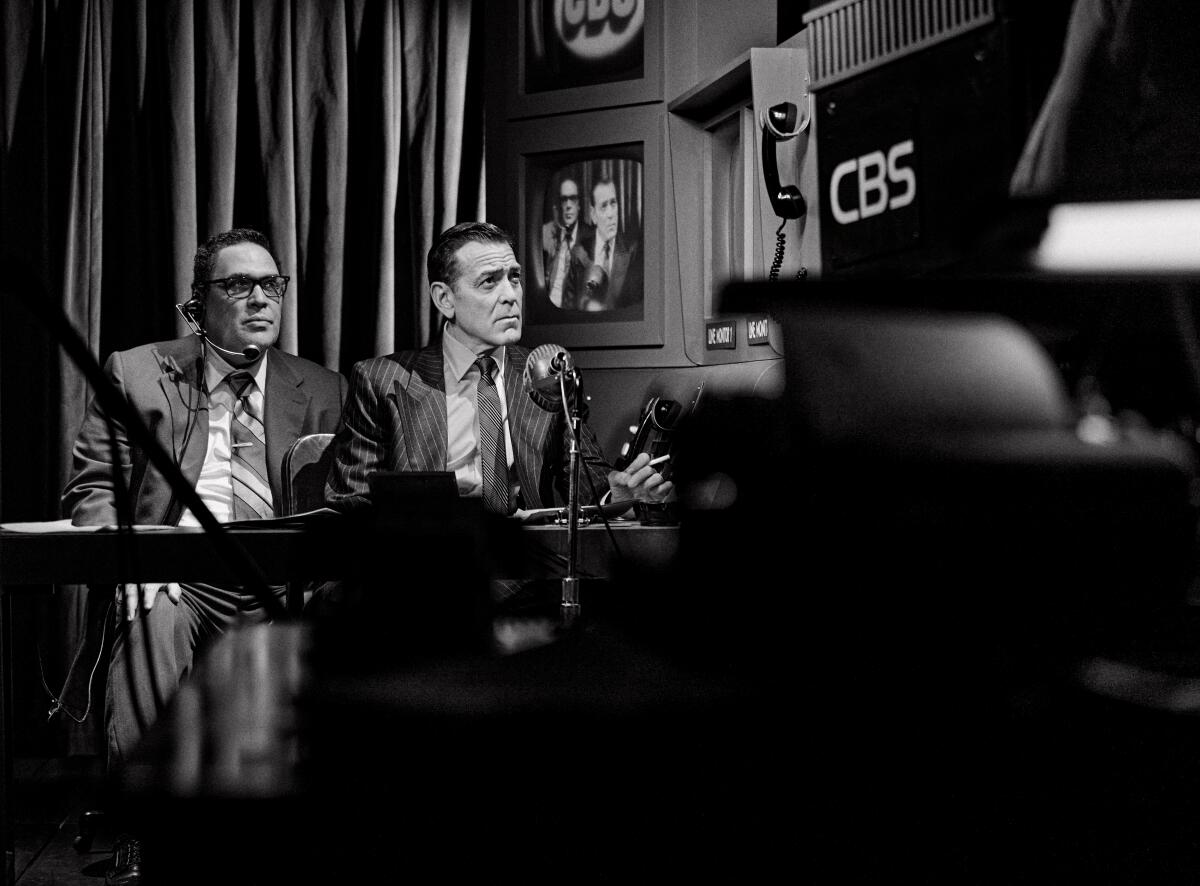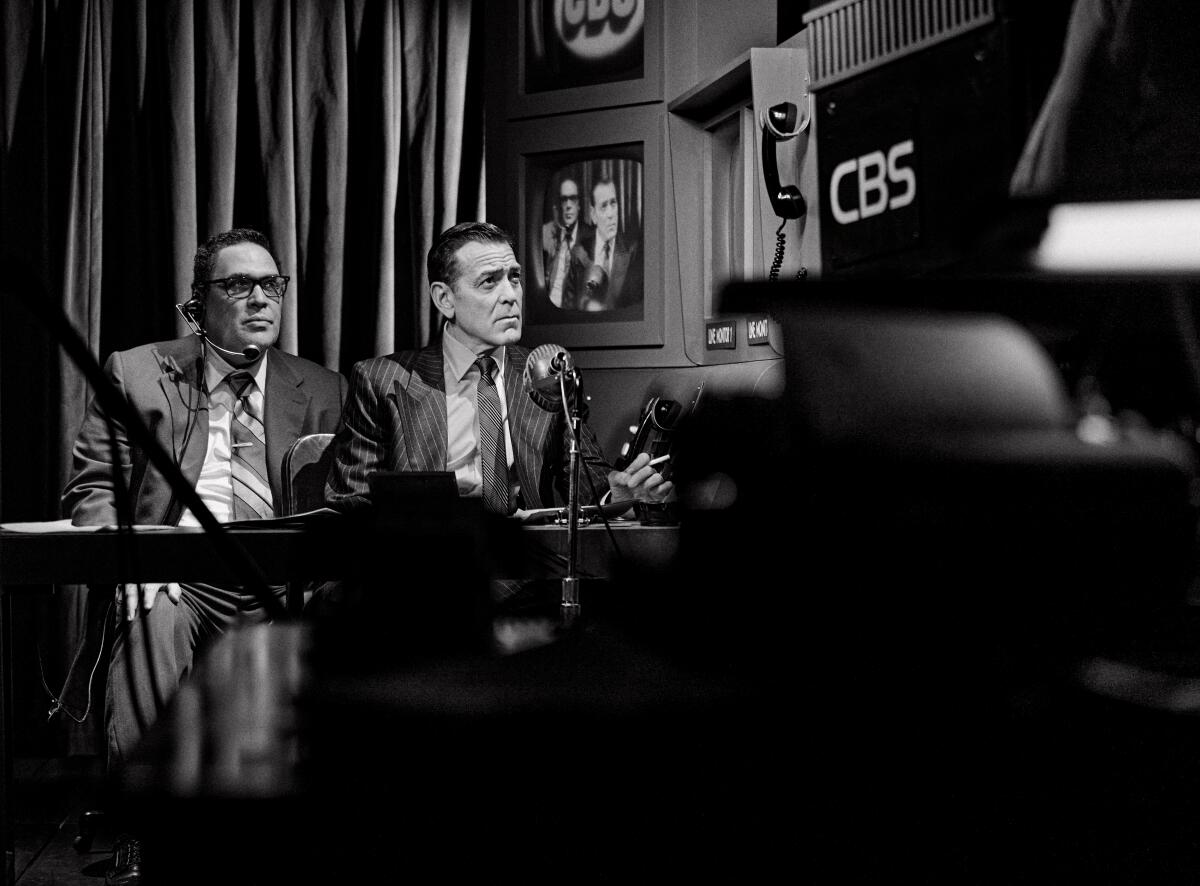Jimmy Kimmel Live! will return to the airwaves after Disney lifted its indefinite suspension of the US late-night show, but two of the largest affiliate owners – Sinclair Broadcasting Group and Nexstar Media Group – will not air the long-running programme.
Disney owns the broadcaster ABC, home of Jimmy Kimmel Live!. On Monday evening, Disney announced that the show would return following discussions with Kimmel’s team and network representatives. However, two of the major affiliate operators have not reversed course.
Recommended Stories
list of 4 itemsend of list
Keeping the show off those affiliate TV stations significantly cuts into Kimmel’s reach. Nexstar and Sinclair together own and operate 70 of the 250 ABC stations across the United States, putting them at odds with the network.
Nexstar’s vested interest
ABC pulled Jimmy Kimmel’s show after the comedian made remarks about the killing of conservative figure Charlie Kirk. The suspension came just hours after Federal Communications Commission (FCC) Chair Brendan Carr warned that stations carrying the show could face fines, or even lose their broadcast licences, urging them to “step up”.
Carr’s comments drew pushback across the political spectrum, including from US President Donald Trump’s allies. Texas Senator Ted Cruz called Carr’s remarks “dangerous as hell”, and Senate Minority Leader Mitch McConnell said Cruz “got it right”.
Nexstar owns 23 ABC affiliates and is currently pursuing a $6.2bn merger with competitor Tegna, a deal requiring FCC approval. If completed, the combined company would reach 80 percent of US households, far above the current 39 percent cap, and would require a policy change. Carr has long supported removing that cap.
“Nexstar’s capitulation in hopes of gaining approval for its merger with Tegna is actually Exhibit A in why it should not be allowed to merge with Tegna. Large conglomerates have enormous leverage to facilitate the Trump administration’s crackdown on free speech, both by censoring themselves and by bullying the networks,” Seth Stern, director of advocacy at the Freedom of the Press Foundation, told Al Jazeera.
Carr praised Nexstar last week for dropping Kimmel from its affiliates in markets such as Salt Lake City, Nashville and New Orleans.
Margot Susca, professor of journalism, accountability,and democracy at the American University in Washington, DC, said the FCC’s pressure on Kimmel sets a troubling precedent.
“I think what is concerning is that it’s Jimmy Kimmel now, but it could be Meet The Press [which airs on NBC] next year if another corporate media owner needs to make a deal and the Trump administration or Brendan Carr… say they don’t like a segment that comes on a news programme. These are dark days for the content that appears on broadcast television,” Susca said.
Other media experts argue the issue is rooted in the leverage affiliate owners hold.
In the US, affiliate operators license programming from networks and pay carriage fees to do so. Affiliation typically brings more viewers, and thus, more advertising revenue, which is shared between networks and affiliates. Affiliates can preempt network programming, often for local news during severe weather events or political debates, for instance.
“They [TV station operators] can simply not run those programmes because they don’t really need the networks as much as they did at one time,” Tom Letizia, media consultant and head of political communications firm the Letizia Agency, told Al Jazeera, referring to the global trend of viewers finding their content on social media or streaming platforms.
“This is more about making a profit, and that’s really what this business is about. Let’s not forget that. I mean, ratings are the lifeblood of a TV station. If you don’t have ratings, you can’t charge your advertisers a premium cost for that spot.”
A lot of the advertising spend in smaller markets comes from local political parties, and if the politics do not align, those advertising dollars could be cut.
Nexstar said it stands by its decision to preempt Kimmel indefinitely and will “monitor the show as it returns to ABC”. The company denied political involvement or pressure from the Trump administration.
“The decision to preempt Jimmy Kimmel Live! was made unilaterally by the senior executive team at Nexstar, and they had no communication with the FCC or any government agency prior to making that decision,” a Nexstar spokesman told Al Jazeera.
Sinclair’s stance
Sinclair Broadcasting said on Monday that it does not plan to resume airing Kimmel’s show on its 38 ABC affiliates, opting instead for news programming.
The company, the second-largest US station operator after Nexstar, pushed Kimmel to apologise and “make a meaningful personal donation to the Kirk Family and Turning Point USA”, Kirk’s conservative activist organisation.
Sinclair has long faced criticism for its conservative leanings. David Smith, the company’s executive chairman, donated $250,000 in 2024 to Kirk’s Turning Point USA through the David D Smith Family Foundation, whose listed address matches Sinclair’s headquarters.
In 2018, Sinclair required local anchors to read a script criticising “one-sided media coverage”, which Trump, then in his first term in office, praised. This came as the company pursued a $3.9bn merger with Tribune Media at the time, a deal that ultimately collapsed after Tribune pulled out.
“As the owners of the stations, they can make the choices over what their content is. Sinclair is a pretty right-wing organisation,” Susca said.
“When they buy a station in a local market, it tacks coverage to the right. They focus more on national politics.”
A 2019 study in the American Political Science Review found that Sinclair stations leaned more conservative than their competitors in the same markets.
“Discussions with ABC are ongoing as we evaluate the show’s potential return,” Sinclair said in a statement. The company did not respond to Al Jazeera’s request for further comment.
Disney’s decision
Disney’s move to reinstate Kimmel comes amid widespread public pressure. Celebrities and elected officials called for boycotts of Disney-owned platforms, including Disney+, ESPN and Hulu, in the wake of his suspension.
Google Trends data showed that searches to cancel those platforms spiked to their highest-ever levels following the suspension.
ABC directly owns only eight stations, including in New York and Houston. WABC in New York faced political backlash when leading mayoral candidate Zohran Mamdani pulled out of a debate it was set to host, citing ABC’s suspension of Kimmel.
“Broadcast media is a business. Make no mistake that Kimmel being taken off the air was a business decision. Kimmel being put back on the air is a business decision,” Susca said.
Disney’s stock has fallen 2.78 percent over the past five days.
Laura Crompton, a media analyst and head of global communications agency Hopscotch’s Los Angeles office, said that Tuesday’s show could provide a ratings boost.
“For now, it seems they’ve chosen to put things right and show that they won’t cower to overreach or threats. But something tells me this isn’t over yet. If we want to find a silver lining, I suspect Kimmel’s comeback show tonight will smash audience numbers, even without the 25 percent of audiences disenfranchised by the ongoing standoff regionally. And realistically, I’m sure we’re all relieved we don’t have to take the moral high road and give up our Disney+ favorite shows now,” Crompton told Al Jazeera.
Disney did not respond to Al Jazeera’s request for comment.
